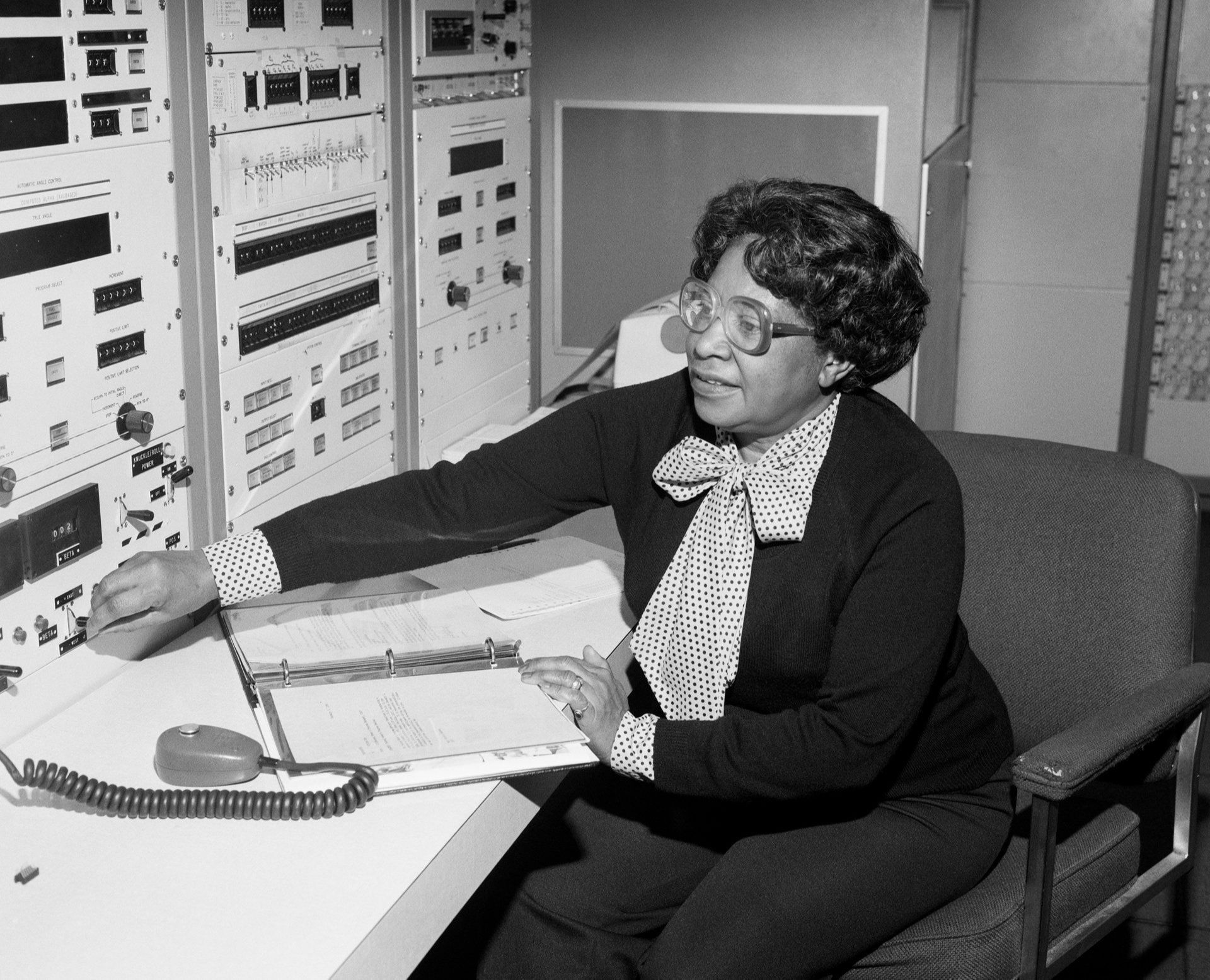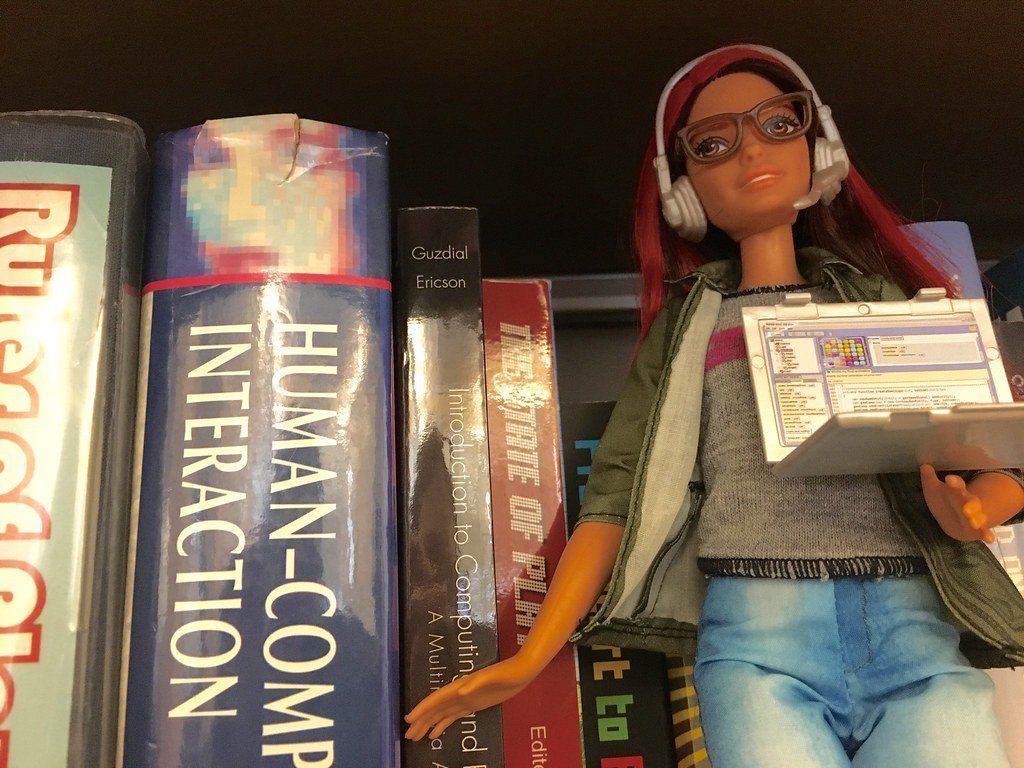
Article posted by
IT and technology companies are fast becoming the World’s biggest industry, and jobs within these sectors are filling up more than ever. But the ultimate golden question is; where are all the women?
Recent studies have proved that a mere 30% of the tech industry is made up of women – which includes anyone working in marketing and HR. This is a pretty staggering figure considering we’re now in the modern and equal-rights era; but it gets even more shocking the deeper you delve into the facts.
Only 17% of Google’s tech employees are women; and other infamous corporations follow this suit. 15% of Facebook’s staffing body are women, and only 10% of Twitter’s tech workers are women. In fact, out of the top 100 technology companies that currently operate all over the globe; only 14% of the board seats are sat in by women (data from 2019). These are just the major international companies; so the numbers undoubtedly become even fewer in smaller tech businesses. Even in contracting, it's not rare for roles to be male-dominated.
But who is to blame for this? Is anyone actually at fault for these very real statistics? The truth is, it could just be our generic outlook of society as a whole that puts a heavy impact on how this has worked out. It’s a tough reality for women who are already in the industry, and for women who are wanting to break into it; but IT is generally perceived as a masculine business to be a part of. Unfortunately, having a career in IT or technology as a woman is unusual – but it’s nothing to do with women being capable enough.
With the hit film ‘Hidden Figures’ raking in millions at the box office, it’s obvious that people are interested in how women became such a pivotal part of the technology industry. As mathematicians and engineers, these women made incalculable contributions to the space program. This, along with the fact that they were African-Americans working in the segregated South, makes their stories remarkable.

Mary Jackson - The Engineer at NASA who inspired Hidden Figures
From Historic Heroes; To Today
It is more evident than ever that women were rising to the top of the technology and IT ladder.
Marcela Sapone, Co-Founder and CEO of Hello Alfred, was voted the number 1 woman of the technology industry last year. Her business idea aimed to help young, busy professionals in the IT and technology industry get their lives in order, with the tech-savvy butler service priced for common folk. For $32 a week an ‘Alfred’ will organize your life, and manage on-demand services. It has now acquired a customer base that spends, on average, $5,000 a year per-person. So is there a market? The company's customer waiting list of over 30,000 indicates a big yes.
Other women rocketing to the top of the insider industry polls include Jen Fitzpatrick, the Vice President of engineering at Google, April Underwood, the Vice-President of Slack and Del Harvey, the Head of Safety over at Twitter.
These are just a few of millions of examples of some extraordinary women who left their mark on the world through the power of technology, programming and mathematics. Proving that, even back in the 1960s, women were just as qualified as men to fill the same job positions; and thankfully, the numbers of females studying engineering, science, IT and technology at University have increased rapidly over the years. The problem is, there aren’t enough women applying for the jobs once they’ve achieved their degree.
It isn’t necessarily the fault of the employer either. Some companies have even put strategies in place in an attempt to attract more women to the field. But for a combination of reasons, the statistics just aren’t improving at the rate we all would like them to.
"Why would educated, professional women exit an industry that — on average — has some of the highest starting salaries out there? "
Why would educated, professional women exit an industry that – on average - has some of the highest starting salaries out there? Some women claim that they're bailing on tech companies because of the lack of family-friendly flexibility, lower salaries compared with their male colleagues and fewer opportunities for advancement.
Flawed Images
But it could be to do with the fact that a lot of people’s view of the tech industry is a chauvinistic one. When you think of programmers or developers or analysts, you tend to envisage a group of quiet young men in glasses who dress like hipsters and spend their entire day wired into a laptop in a dark room.
Whilst this is far from reality, it is all part of the ‘geek culture’ that we emerge ourselves in; and cultural messages like this will inevitably deter women from wanting to go near it. Attitudes and outlooks such as this can easily make women feel excluded and as though they simply don’t belong there. It’s also no secret that there are still a whole range of jobs that women are not welcomed into because they are not seen as experts or influencers.
So how do we turn it around?
Thankfully, this doesn’t seem to be a situation that everyone is ignorant of. Organisations such as Diversity Incorporated, are tackling the situation by offering businesses improved education and training for their employees. They work day after day to challenge the negative stereotypes, as they plan to put women back in the race once and for all; and it’s not all doom and gloom. The women who are already held in high regard within the industry are the champions that those wanting to conquer it can model themselves after.
On another note, there was an improvement in the children’s market back in June 2016 when Game Developer Barbie was created. This is a not-so-typical Barbie, who is wearing jeans, sensible shoes and a T-shirt that is both rather geeky but also feminine. She also has a laptop that is laptop-coloured; because women can actually use tech products that aren’t pink. There are no pictures of the ‘Ken’ doll or fashion magazines around her workspace; just coffee, headphones, flowcharts and even actual programming books on C++ and C#. It’s a small token of progress — albeit absolutely not the answer — for young girls who can grow up believing that they can – and are allowed to - follow in a similar path. It also demonstrates that jobs in these fields are becoming ever more popular amongst both men and women.

Not the answer : Game Developer Barbie
Change Is Always Coming
It’s true; we have come an awfully long way since the women that inspired Hidden Figures were discriminated not just because of their gender, but also their colour. In terms of sexism, racism, homophobia and ageism, the world has come on leaps and bounds in the workplace.
It's a fantastic sign that 28% of all B.S degrees in Computer Science students are women, a huge increase since 2009. Let's push the agenda and make sure they don't exit the industry.


